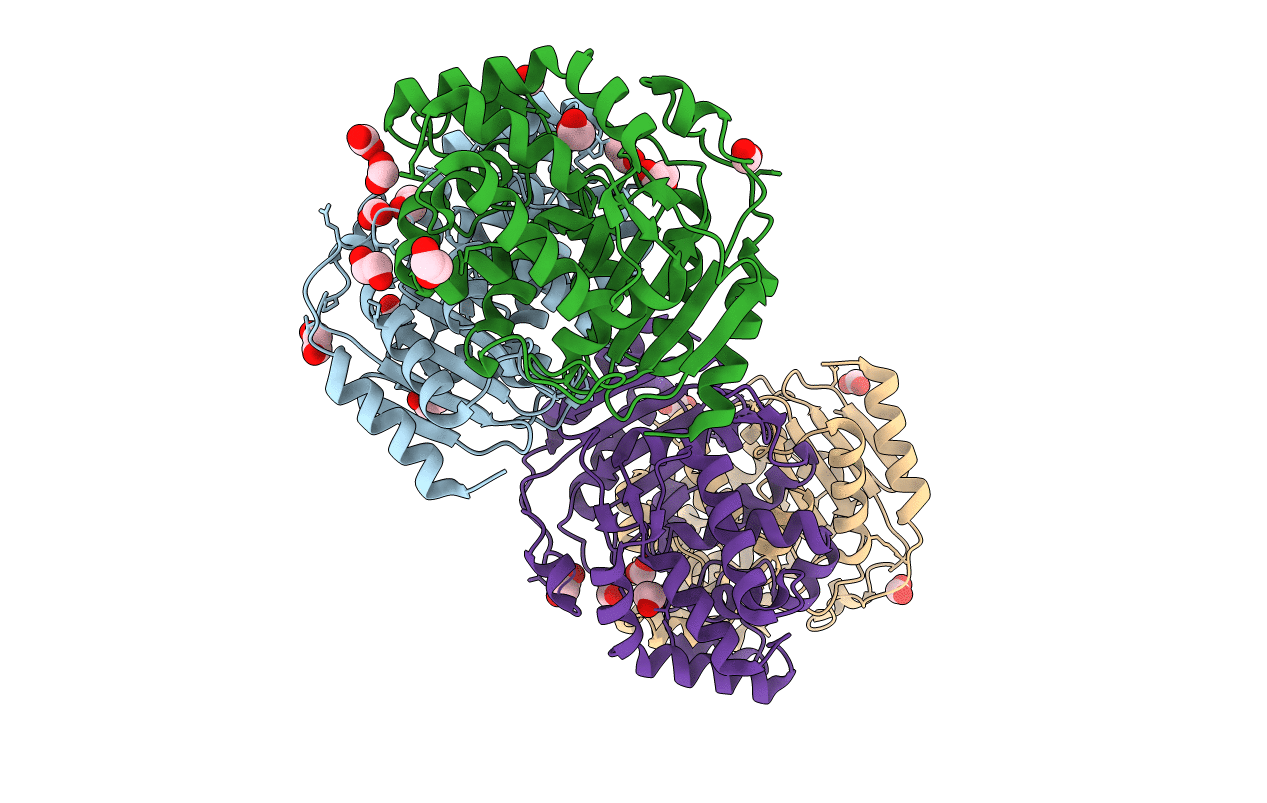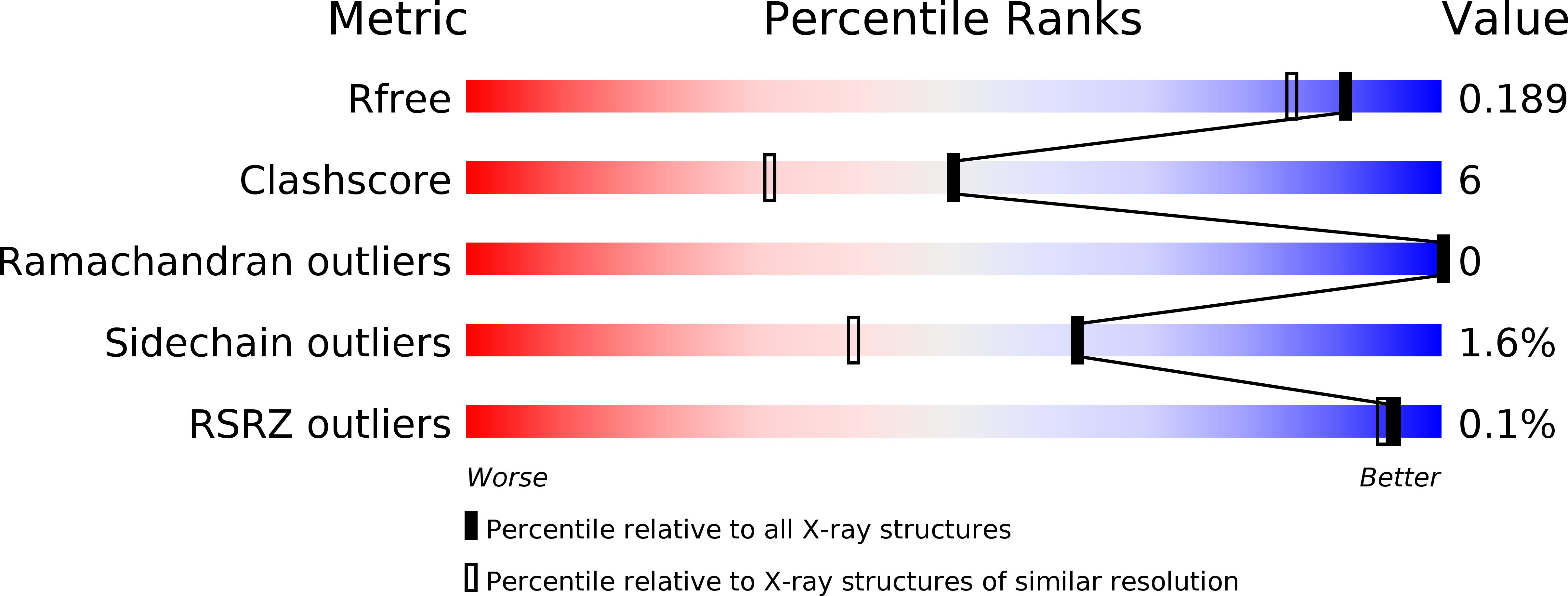
Deposition Date
2004-07-28
Release Date
2004-09-07
Last Version Date
2024-02-14
Method Details:
Experimental Method:
Resolution:
1.61 Å
R-Value Free:
0.17
R-Value Work:
0.14
R-Value Observed:
0.14
Space Group:
P 21 21 21


